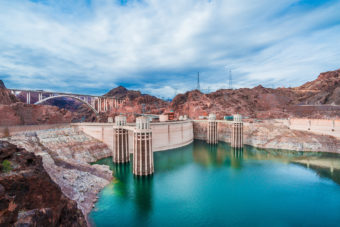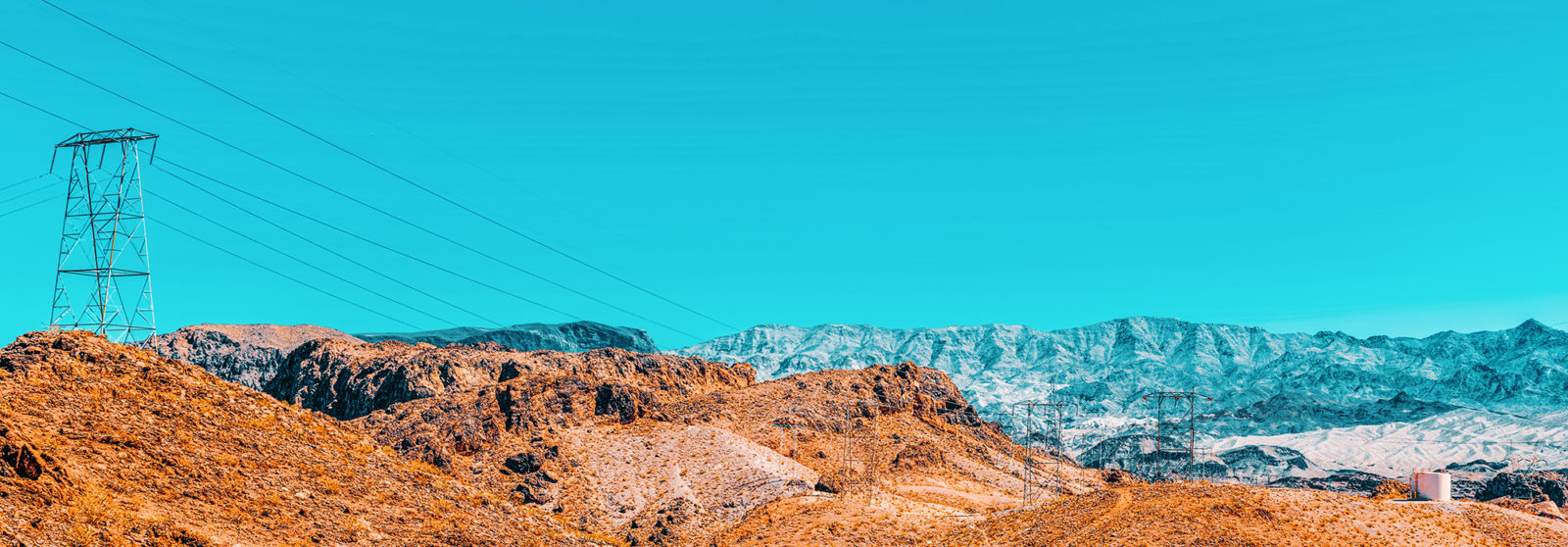 The Hoover Dam, owned by the Bureau of Reclamation, accounts for 40% of renewable energy produced in our state. It generates 4 billion kilowatt hours of power annually.
The Hoover Dam, owned by the Bureau of Reclamation, accounts for 40% of renewable energy produced in our state. It generates 4 billion kilowatt hours of power annually.
The Hoover Dam is one of the largest hydropower plants in the world. It uses the energy of the Colorado River.
Contracts
- We entered a 50-year service agreement with Western Area Power Administration for our members to save money on the power generated by the Hoover dam
- The contract will continue until September 30, 2067
Understanding Hydropower
Hydropower was one of the first sources of energy used for electricity generation and until 2019, hydropower was the largest source of total annual U.S. renewable electricity generation.
Understanding the water cycle is important to understanding hydropower. The water cycle has 3 steps:
- Solar energy heats water on the surface of rivers, lakes, and oceans, which causes the water to evaporate.
- Water vapor condenses into clouds and falls as precipitation—rain and snow.
- Precipitation collects in streams and rivers, which empty into oceans and lakes, where it evaporates and begins the cycle again.
Because the source of hydroelectric power is water, hydroelectric power plants are usually located on or near a water source. The volume of the water flow and the change in elevation—or fall, and often referred to as head—from one point to another determine the amount of available energy in moving water. In general, the greater the water flow and the higher the head, the more electricity a hydropower plant can produce.
Hydroelectric power is the cheapest, cleanest, most flexible source of electricity available. This environmentally clean power source provides a renewable resource that can be used by future generations.
